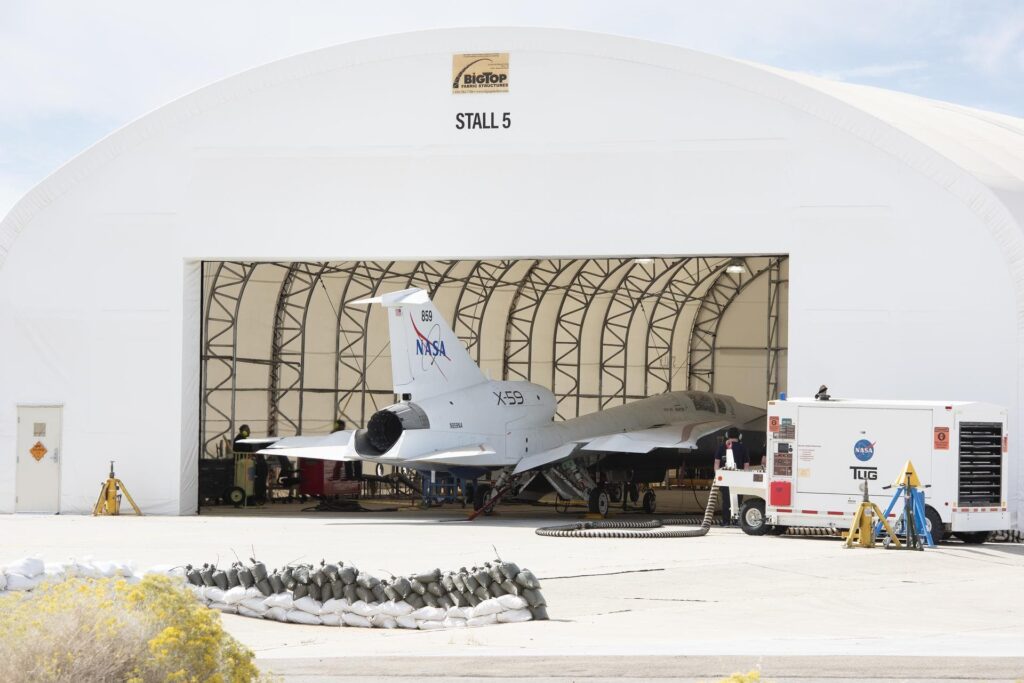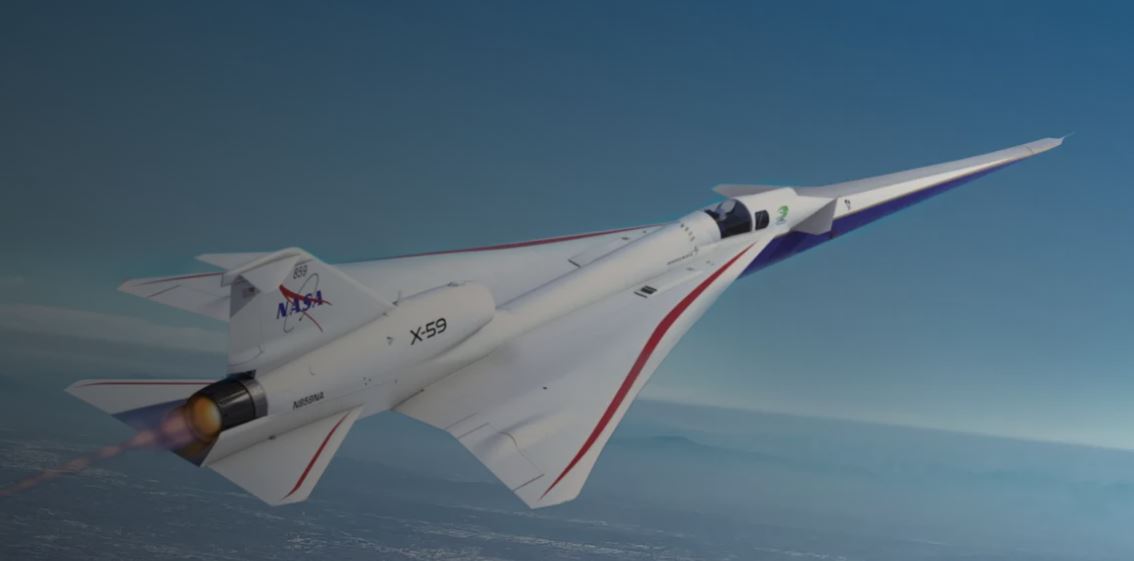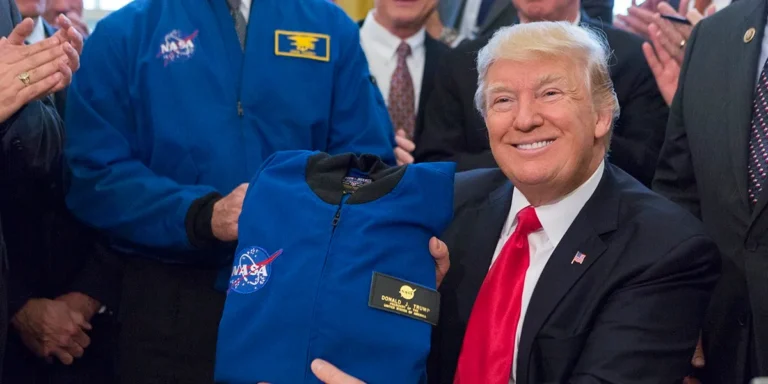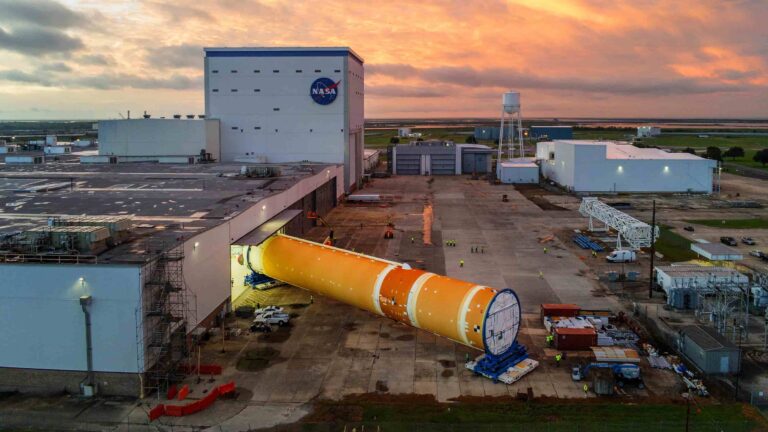NASA’s X-59 Jet Nears First Flight: Revolutionizing Supersonic Travel
Engine Tests Underway at Lockheed Martin’s Skunk Works Facility
As of October 30, NASA’s X-59 QueSST (Quiet SuperSonic Technology) program has been conducting meticulous engine tests at the renowned Lockheed Martin Skunk Works facility in Palmdale, California. These tests mark a crucial milestone towards the aircraft’s inaugural flight.
Phased Testing for Optimal Performance
- Initial Phase: Engineers ran the X-59’s engines at low speeds without ignition to inspect for leaks and ensure seamless integration of the aircraft’s systems when powered by its own engines.
- Subsequent Phase: The X-59 was fueled, and its engine was tested at low power. According to the program’s engineers, the jet is performing admirably.
“The first phase of the engine tests was really a warmup to make sure that everything looked good prior to running the engine,” – Jay Brandon, Chief Engineer for the X-59, in a NASA statement.
“Then we moved to the actual first engine start. That took the engine out of the preservation mode that it had been in since installation on the aircraft. It was the first check to see that it was operating properly and that all the systems it impacted — hydraulics, electrical system, environmental control systems, etc. — seemed to be working.” – Jay Brandon
Aircraft Specifications and Innovative Design
- Cruising Speed: Mach 1.4 (1.4 times faster than the speed of sound)
- Altitude: 55,000 feet (16.7 kilometers)
- Power Source: Modified F414-GE-100 jet engine by General Electric (also used in Boeing F/A-18 Super Hornet variants)
- Unique Feature: Elongated, beak-like nose section (38 feet of the aircraft’s 99.7-foot total length) designed to reduce sonic boom to a soft “thump,” akin to a car door slamming outside, as heard from indoors.

NASA’s X-59 quiet supersonic research aircraft sits in its run stall at Lockheed Martin’s Skunk Works facility in Palmdale. Image Credits: NASA
Overcoming Visibility Challenges with Technology
Due to the elongated nose, pilots have limited forward vision. To address this:
- Innovative Solution: “eXternal Vision System” (XVS) – a camera connected to a cockpit-mounted screen utilizing augmented reality technology for forward visibility.
- “This groundbreaking technology is really a beacon guiding us towards a future where visibility barriers in aircraft design can be overcome with this inventive solution,” – Pam Melroy, NASA Deputy Administrator, during the X-59 unveiling ceremony in January 2024.
Upcoming Testing Phases and Future Plans
- Next Phase: Feeding data into the aircraft’s computer systems for both normal and failure conditions.
- Taxi Testing: The X-59 will “drive” out of its hangar onto a runway to test control surfaces, brakes, and engine performance on the ground.
- First Flight: Date yet to be announced. The X-59 will fly over selected U.S. cities to collect data on the quieter “thumps” and public perception.
Development Timeline
- 2018: NASA secured funding for the project and hired Lockheed Martin to build the quiet supersonic jet.
- 2019: The experimental aircraft was named X-59.
- 2020 (Originally Planned) / 2024 (Actual): Completion and unveiling of the X-59, with the COVID-19 pandemic causing delays.
- May (Prior to First Flight): Successful Flight Readiness Review, validating the aircraft’s testing plan for safety.






